What is capocollo and which one to buy?
Capocollo, is a typical cured meat obtained from the processing of the pig's neck muscle. This sausage is produced in various regions of southern Italy and there are variants in other areas of the peninsula that have taken on different names and are distinguishable on the basis of processing.
Coppa, for example, is the name for the Emilia-Romagna variant and in general for the north; if you go to the centre-south in the Marche and Abruzzo areas you will commonly find Lonza or Lonzino, while in Tuscany you will find Finocchiata.
It is not easy to distinguish capocollo from other products, given the common raw material; however, the manufacturing process is very different and it is thanks to this process that the unmistakable flavour of capocollo is due.
Let's take a look at how the product is made and which production areas have earned the PDO mark.
How is Capocollo made?
A particularity of capocollo lies in the choice of the raw material: the animals suitable for this salami are heavy, and offer fine, compact meat; rich in fat or adipose.
Precisely, the cut of meat to obtain Capocollo must start from the head to the loin (which goes from the seventh rib to the tail); therefore, the outermost meat of the loin is used.
The processing of Capocollo varies slightly depending on the area of origin, but in general it is divided into 5 phases:
- Once the pork has been cut from the head to the loin, the salting process begins.
- The meat is pressed and cold-rested and massaged well to allow the salt to penetrate well.
- The meat is washed and sprinkled with wine vinegar, then seasoned with various spices.
- Capocollo is bagged and prepared for curing by hanging it to dry for no less than 10 days. Once left in the special rooms, the salami dehydrates, losing most of the water it contains.
- The processing is completed with the maturing process, which takes a minimum of 3 months.
Difference between coppa and capocollo
In reality, the differences between Coppa Piacentina DOP and Capocollo DOP are minimal, even though there are respective specifications that attest to their uniqueness.
Both cured meats are obtained from the muscle of the pig's neck and are massaged during salting, with the addition of spices.
Both must rest for a few days before being bagged and left to dry; the coppa, however, must be "punched" to allow the cured meat to lose water and, compared to capocollo, the tradition of coppa piacentina DOP does not involve pressing.
In addition to Piacentina, a coppa that boasts a specification is coppa di Parma IGP.
How many and what are the PDOs of Capocollo?
The only Capocollo to have the PDO mark is the Calabrian one, although there are quite famous and high quality products in other parts of Italy as well.
The most important are Capocollo from Martina Franca and Capocollo from San Vincenzo, but there is also a version of Capocollo from Tuscany.
Capocollo Calabrese PDO
Calabrese PDO is produced from the meat of pigs bred in Calabria and fed according to the specifications.
In order to maintain the typical organoleptic characteristics, the cut of meat must have a layer of fat of 3-4 mm.
When cut, the salami has a bright pink colour with streaks of fat typical of pork loin.
The flavour is delicate and becomes more refined as it matures; the aroma is characteristic and of the right intensity.
Capocollo of Martina Franca
Capocollo di Martina Franca is produced in the Itria Valley in Apulia. Pigs from the Murgia region are used for the production of this salami.
The peculiarity of this cured meat lies in the smoking process, which can be carried out with laurel branches and thyme or with almond skins, Mediterranean herbs and strawberry bark, a tree which is common in the Balkans and only present in Italy in Puglia and Basilicata, which undoubtedly gives the cured meat a sweet and recognisable taste.
Capocollo di San Vincenzo
It complies with the specification for Calabrian salami; the specification regulates the type of spices that can be used and allows, but does not require, the use of hot peppers.
In Capocollo di San Vincenzo, Calabrian peppers (spicy) are used to give this cured meat a strong and unique taste.
Capocollo Toscano
The Tuscan version of this sausage is made from the meat of pigs bred in Italy.
When matured, it is bright red in colour, with white veins of noble fat that give it great sweetness.
Capocollo prices
Capocollo prices vary depending on the area of origin and production. The most prized are the Calabrian and Capocollo di San Vincenzo.
These cured meats have prices ranging from 16 to 18 euros for 0.8 kg to 30 euros for 1.5 kg.
The price of Capocollo di Martina Franca varies little, while the Tuscan is the product with the best price, while maintaining a good quality.
Take a look at our store to find the best product quality/price!
Other productions
As with so many other Italian products, the panorama of production is very varied and extremely diverse. After all, Italy boasts one of the most important heritages of biodiversity and this is inevitably reflected in the food.
Numerous other examples of Capocollo can be found in Italy, among which we must certainly mention Capocollo di Suino Nero di Calabria, a product with a unique taste and special characteristics given by the composition of the fat of the black pig of Calabria.


 Italiano (IT)
Italiano (IT)  Deutsch (DE)
Deutsch (DE)  Français (FR)
Français (FR)  Español (ES)
Español (ES)  Polish (PL)
Polish (PL) 
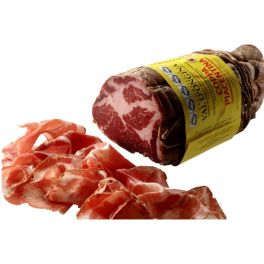
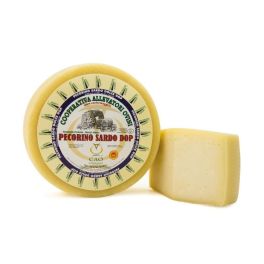
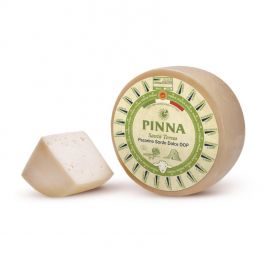
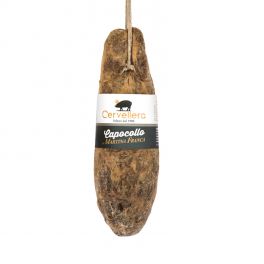
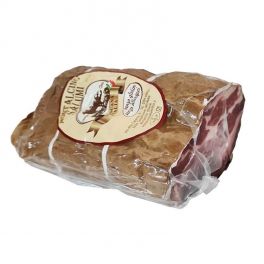
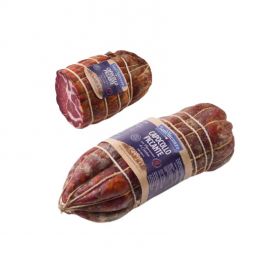
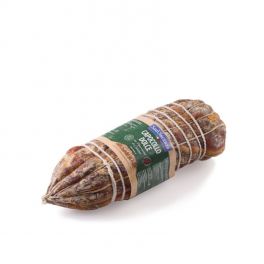

Share on: